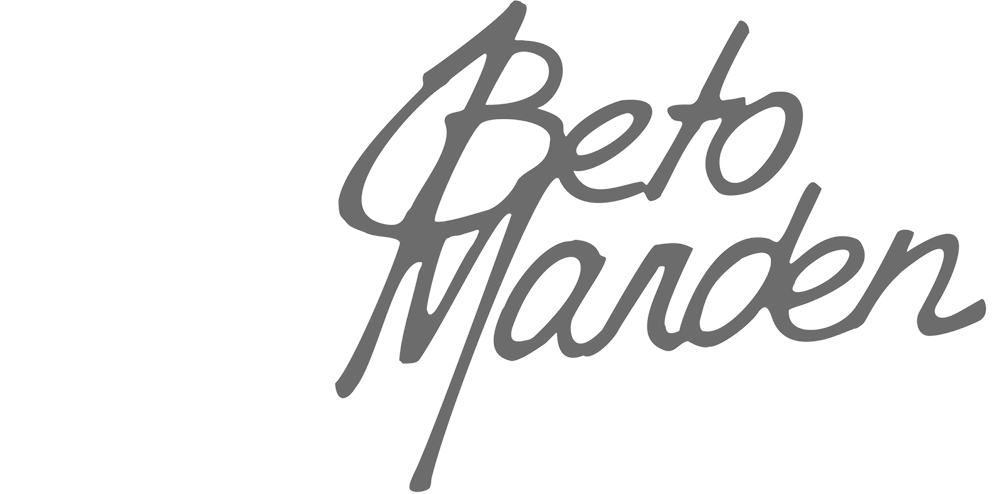Essay writing guide. Adjectives and Adverbs
A guide that is free Essay UK
Adjectives and Adverbs
Definition – Adjectives are words that describe nouns or pronouns. They might come prior to the word they describe (This is certainly a lovely puppy.) Or they may follow the expressed word they describe (That puppy is cute.).
Adverbs are words that modify everything but nouns and pronouns. They modify adjectives, verbs, along with other adverbs. A word is an adverb if it answers how, when, or where.
The only adverbs that cause grammatical problems are the ones that answer the question how, so we will concentrate on these.
He speaks slowly.
Answers the relevant question how.
He speaks very slowly.
Answers the relevant question how slowly.
Generally, if a word answers the question how, it really is an adverb. It, place it there if it can have an ly added to.
She thinks slow/slowly.
She thinks how? slowly.
She is a slow/slowly thinker.
Slow does not answer how so no ly is attached. Slow is an adjective here.
She thinks fast/fastly.
Fast answers the relevant question how, it is therefore an adverb. But fast never has an ly mounted on it.
We performed bad/badly.
Badly describes the way we performed.
An unique ly rule applies when four of this senses – taste, smell, look, feel – will be the verbs. Do not ask if these senses answer comprehensively the question how to ly determine if should be attached. Instead, ask if the sense verb is being used actively. If so, make use of the ly.
Roses smell sweet/sweetly.
Perform some roses actively smell with noses? No, so no ly.
The lady looked angry/angrily.
Did the woman actively look with eyes or are we describing her appearance?
We have been only appearance that is describing so no ly.
The lady looked angry/angrily during the paint splotches.
Here the woman did look with eyes actively so the ly is added.
She feels bad/badly concerning the news.
She actually is not feeling with fingers, so no ly.
The phrase good is an adjective while well is an adverb answering the question how.
You did a job that is good.
Good describes the job.
You did the working job well.
Well answers how.
Today you smell good.
Describes your odour, not the method that you smell along with your nose, so follow using the adjective.
You smell well for someone with a cold.
You are actively smelling with a nose here so follow using the adverb.
When talking about health, always use well.
Examples I do not feel great.
Today you do not look well.
You might use good with feel when you’re not referring to health.
I feel good about my decision to learn Spanish.
A common error in using adjectives and adverbs comes from using the incorrect form for comparison. As an example, to explain one thing we would say poor, as with, “She is poor.” To compare two things, we ought to say poorer, as in, “She is the poorer associated with two women.” To compare significantly more than two things, we have to say poorest, as in, “She is the poorest of these all.”
- Sweet
- Bad
- Efficient*
- Sweeter
- Worse
- More effective*
Three or maybe more
- Sweetest
- Worst
- Most efficient *
*Usually with words of three or higher syllables, do not add -er or -est. Use more or most in front of the words.
Never drop the ly from an adverb with all the comparison form.
She spoke quickly.
She spoke more quickly than he did.
She spoke quicker than he did.
Talk quietly.
Talk more quietly.
If this, that, these, and http://www.essaywriters247.com those are followed by nouns, these are typically adjectives. When they appear without a noun following them, they are pronouns.
This house is for sale.
It is an adjective here.
It is on the market.
This really is a pronoun here.
This and that are singular, whether they are increasingly being used as adjectives or as pronouns. This points to something nearby while that points to something “over there.”
This dog is mine.
That dog is hers.
This is mine.
This is certainly hers.
These and people are plural, whether they are being used as adjectives or as pronouns. These points to something nearby while those true points to something “over there.”
These babies have been smiling for a time that is long.
These are mine.
Those babies have been crying all night.
Those are yours.
Use than to show comparison. Use then to resolve the relevant question when.
I might rather go skiing than rock climbing.
First we went skiing; then we went mountain climbing

